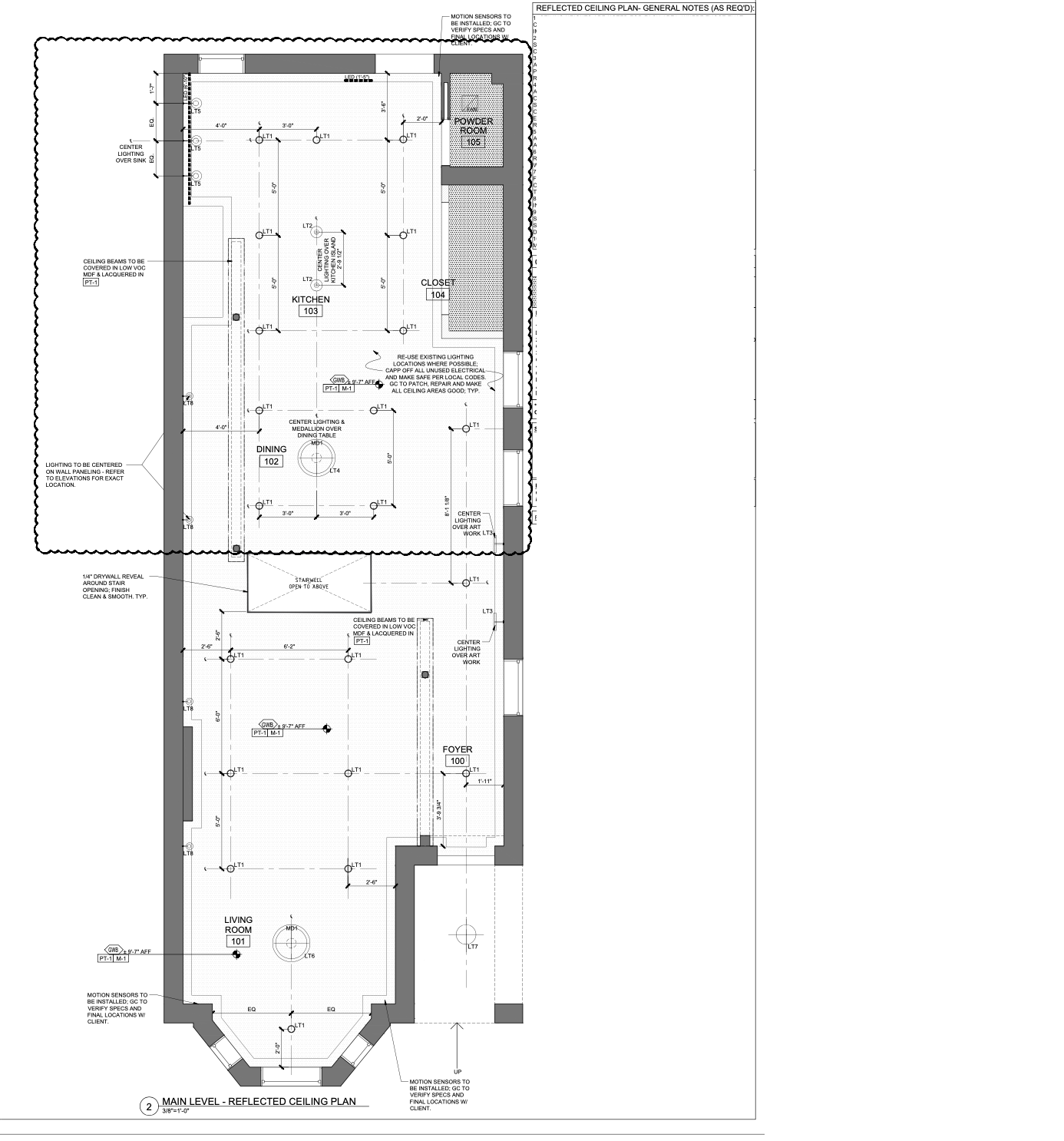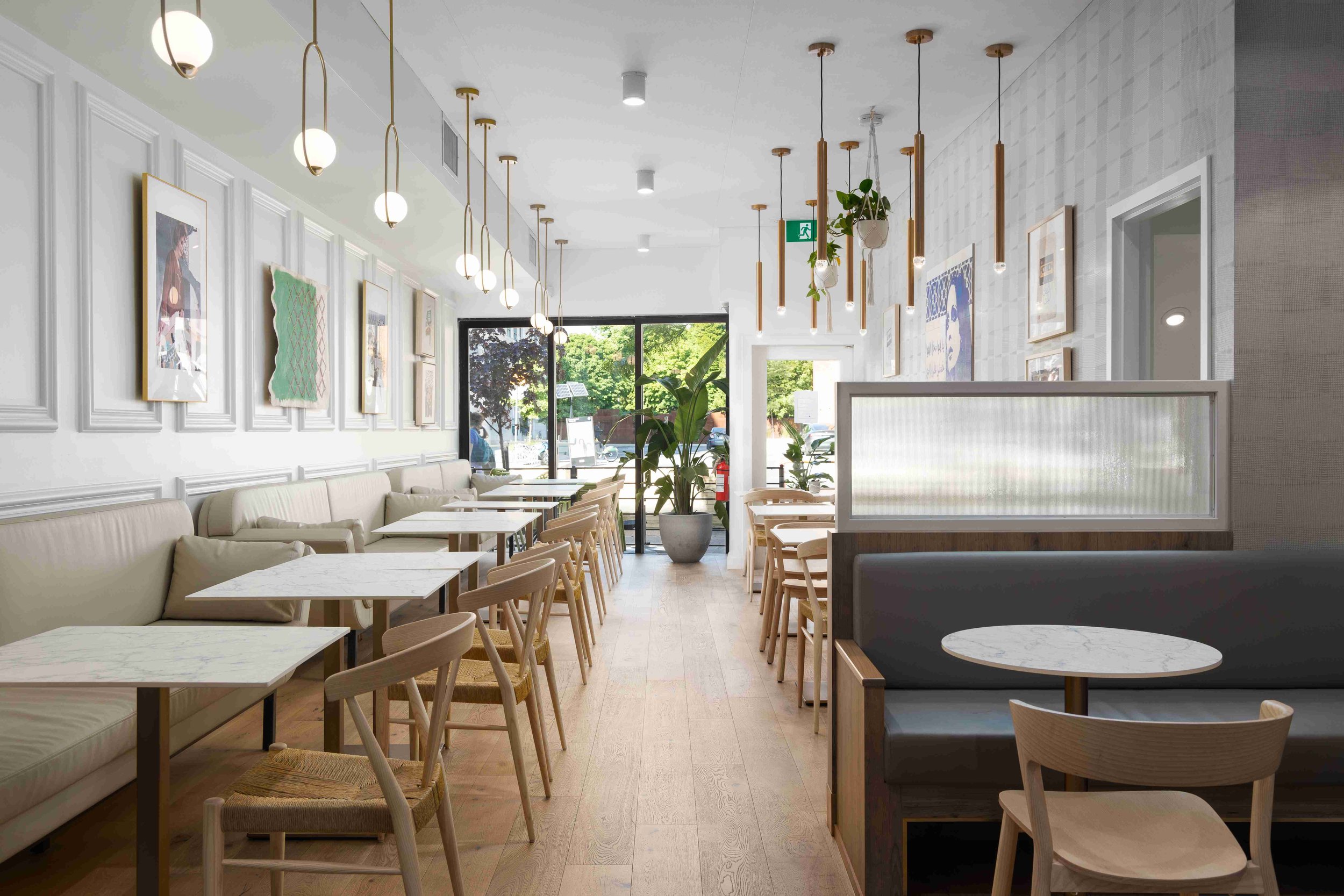Layering Lights for Interior Design: How to Elevate Your Space
Have you ever walked into a space where everything seemed perfect, but something just felt off? The answer may be in the lighting. Lighting is a crucial component of interior design and can make or break the ambiance of a room. Even if you've carefully selected furniture, materials, and colours, improper lighting can leave your space feeling lacklustre.
So, what's the key to perfect lighting? Layering.
The days of relying on a single lighting fixture are over. In today's world, lighting needs to be versatile, flexible, and able to cater to a range of activities and moods.
Here's what you need to know about layering your lighting:
Ambient Lighting:
Also known as general lighting, ambient lighting provides an overall uniform glow that encompasses the entire space, leaving no dark corners or spots. It should be the first layer of lighting you establish and is typically softer and dimmable.
When it comes to ambient lighting, your local interior designer can help you select the right fixture that matches your style and needs. With the right ambient lighting, your space can seamlessly transition from day to night, creating a harmonious and inviting atmosphere.
Don't let poor lighting ruin your interior design. By layering your lighting and selecting the right fixtures, you can elevate your space and create a functional, beautiful environment.
Types of ambient lighting include ceiling-mounted fixtures, recessed lighting, cove lighting, floor lamps, chandeliers, and pendants.
2. Task Lighting:
Task lighting is crucial for creating a functional and comfortable space, especially in areas where specific tasks are performed, such as a desk or reading nook. As the name suggests, this type of lighting illuminates a particular area where a task is performed, and it should be glare-free to prevent eye strain, as it will be in constant use during a task.
Table lamps are the easiest option for task lighting as they can be easily moved and adjusted as needed. Under-cabinet lighting is another popular choice, particularly in kitchens, as it provides direct illumination for food prep and cooking. Pendants are also great for task lighting, particularly over a kitchen island or dining table, where they can provide focused lighting.
When selecting task lighting, it's essential to consider the type of task being performed and the amount of light required.
Task lighting will vary heavily based on the activities and tasks performed. It also will vary depending on the function of the space (kitchen, restaurant, office, store etc.)
3. Accent Lighting:
Accent lighting is all about creating drama and depth in a room by highlighting specific elements, such as artwork, architectural features, or decorative objects. This type of lighting adds interest and character to a space and can create a focal point or draw attention to a particular area.
Wall-mounted fixtures, such as sconces, are an excellent option for accent lighting, particularly in living rooms, dining rooms, and bedrooms. They can create a warm and inviting atmosphere while highlighting specific elements of the room. Track lighting is another popular choice for accent lighting, as it can be adjusted to highlight specific areas or objects. Uplights are also great for accent lighting, as they can cast a soft, indirect light that creates a warm and cozy atmosphere.
When selecting accent lighting, it's essential to consider the elements you want to highlight and the mood you want to create. Your interior designer can help you choose the right fixture and ensure that it complements the mood you are going for. Accent lighting could drastically change the feel of the space (dark and moody to bright and energetic).
4. Natural Lighting:
This type of lighting comes from the sun and is often the most desirable type of lighting. It can help to create a warm and inviting ambiance in a space and can even have health benefits, such as boosting mood and productivity. Examples of natural lighting sources include windows, skylights, and light tubes.
Regardless of how you proceed with your lighting arrangement, you will need a Reflected Ceiling Plan (RCP) for optimal allocation of light.
To effectively layer lighting in your space you will need a reflected ceiling plan (RCP) which is a plan that allows designers to strategically plan the placement of different types of lighting fixtures in a space.
For example, ambient lighting fixtures like recessed lighting or ceiling-mounted fixtures can be placed in a way that provides a uniform glow to the entire room, without causing harsh glares or dark spots.
The RCP also allows for coordination between the lighting fixtures and other systems integrated into the ceiling. For example, HVAC diffusers or fire suppression systems must be placed strategically to avoid interfering with the placement or function of lighting fixtures and usually this will require coordination with engineers and other consultants as needed.
Layering these three types of lighting - ambient, task, and accent - will create a balanced and well-illuminated space. However, the amount of layering needed will depend on each specific space. You don’t want to force all three layers in every room all the time, as it may cause the environment to look cluttered. Instead, try to visualize the everyday flow of activities in a room and start building layers from there.
For instance, if a room is meant for social activities and relaxation, some general lighting and accent lighting will result in a visually inviting and comfortable room. On the other hand, if a room is meant for performing tasks rather than just lounging, task lights and general lights will create a productive environment.
Keep in mind that these categories and the types within them are not set in stone, and there will always be some overlapping and blurred lines. For example, you could use pot lights as general lights and have a chandelier as your accent while also aiding with ambient glow. A table lamp can provide necessary task light but also double as an accent light when no tasks are happening.
At the end of the day, designing is about freedom and creativity, so let those guide your decisions while also keeping in mind the general idea and intention of this blog. Remember, layering your lighting properly will elevate your space and make all your other design choices shine.
Also, here are some of our favourite lighting stores in Toronto:
Article by Jude Kamal, Founder & Registered Interior Designer of Sansa Interiors.
Looking for an Interior Designer in Toronto?
Are you looking to turn your home or business into the holistic, supportive and harmonious space you’ve been dreaming of? We can help! Our team serves Toronto, Etobicoke, Oakville, and the rest of the Greater Toronto Area. Contact us via our website to find out more about how interior design can help to improve your overall health and wellbeing.





